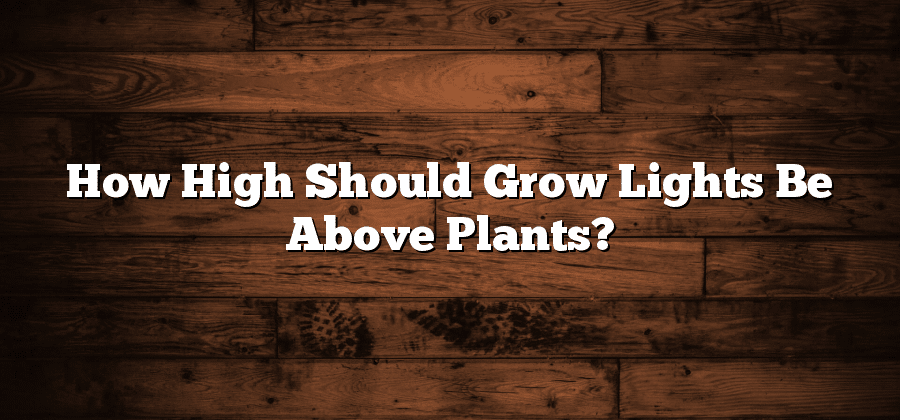3. Plant Species: Understanding Specific Requirements
Plant species have specific requirements that must be understood to ensure their optimal growth and development. Each type of plant has unique needs when it comes to factors such as light, water, temperature, and nutrient levels. By understanding these specific requirements, gardeners and cultivators can create the ideal environment for their plants to thrive.
For instance, some plants thrive in direct sunlight, while others prefer shaded or partially shaded areas. Understanding the light requirements of different plant species is crucial for their overall health and productivity. Additionally, the amount of water and humidity that plants need varies among species. Some plants require consistently moist soil, while others prefer drier conditions. By researching and familiarizing oneself with the specific needs of various plant species, gardeners can better meet these requirements and create a favorable environment for their plants to grow.
4. Light Source: Considering Different Types of Grow Lights
When it comes to indoor gardening, choosing the right light source is crucial for the success of your plants. There are several different types of grow lights available on the market, each with its own advantages and disadvantages. One of the most popular options is fluorescent lights, which are affordable, energy-efficient, and can be used for a wide range of plants. Another option is LED lights, which are highly efficient and have a long lifespan. These lights are more expensive upfront but can save on energy costs in the long run. Lastly, high-intensity discharge (HID) lights are known for their high output and are commonly used for larger, more demanding plants.
When deciding on the type of grow lights to use, it’s important to consider the specific needs of your plants. Some plants require higher light intensity, while others thrive with lower levels. In addition to intensity, the spectrum of light is also crucial. Different types of plants have different light requirements during different growth stages. For example, blue light is ideal for vegetative growth, while red light is beneficial for flowering and fruiting. Understanding the specific light requirements of your plants will help you make an informed decision when choosing the right grow lights.
Best Practices for Positioning Grow Lights
Proper positioning of grow lights is crucial for the successful growth of plants indoors. The distance between the light source and the plants plays a significant role in ensuring optimal light exposure without causing any damage. As a general rule of thumb, it is recommended to position the lights around 12 to 18 inches above the plants.
Additionally, the angle at which the lights are positioned also affects the coverage and penetration of light. Placing the lights at a slight angle towards the plants helps to maximize the distribution of light across the entire plant canopy, allowing for better absorption and utilization of light energy. It is important to regularly monitor and adjust the position and angle of the grow lights based on the growth stage and specific requirements of the plant species being cultivated.
5. Experimentation: Finding the Ideal Distance
When it comes to finding the ideal distance between grow lights and your plants, experimentation is key. While there are general guidelines to follow, such as placing the lights within a certain range of your plants, every situation is different. Factors like the type of plant, the growth stage, and the light intensity may require adjustments to these guidelines.
To start the experimentation process, it is advisable to place the grow lights at a recommended distance as a baseline. This could be the distance suggested by the manufacturer or a commonly used distance for similar plants. Monitor the plants closely over a period of time, looking for any signs of stress or inadequate growth. If the plants are stretching towards the light or showing signs of burns, you may need to increase the distance. On the other hand, if you notice stunted growth or discoloration, try moving the lights closer. By gradually adjusting the distance and observing the plants’ response, you can identify the optimal placement for your specific setup.
6. Light Angle: Maximizing Coverage and Penetration
When it comes to indoor gardening and providing optimal light for your plants, the angle at which the grow lights are positioned plays a crucial role. Maximizing coverage and penetration of light is essential for ensuring that each plant receives adequate light for healthy growth and development.
To achieve maximum coverage and penetration, it is important to position the grow lights at a suitable angle. The angle should be such that it allows for even distribution of light across all areas of the plant canopy. This means that the lights should not be too far or too close to the plants, as it can result in uneven light distribution and potential burn damage. Finding the right angle will depend on factors such as the height of the plants, the distance between the plants and the lights, and the intensity of the light source. Adjusting the angle of the lights and observing how the plants respond can help in determining the optimal position for maximum coverage and penetration.






